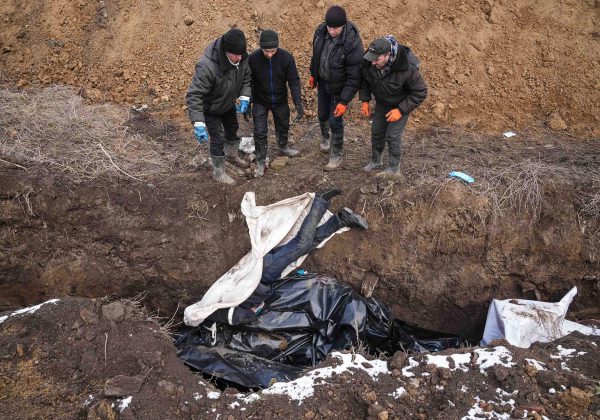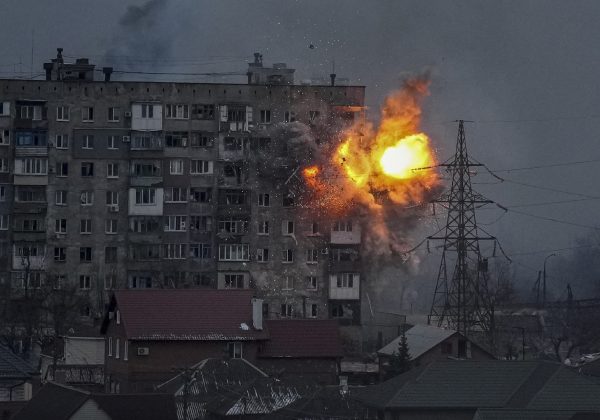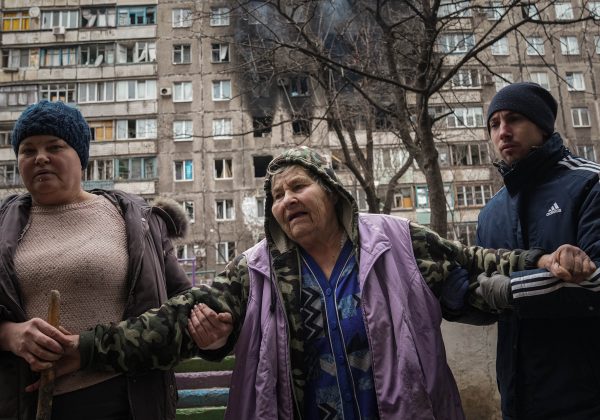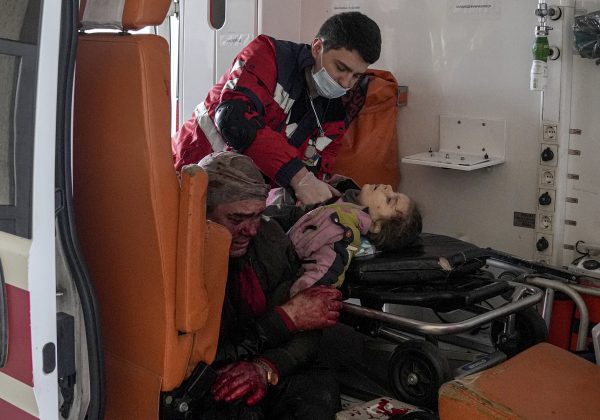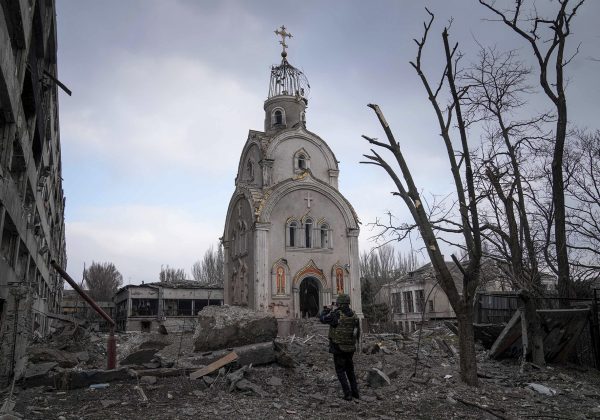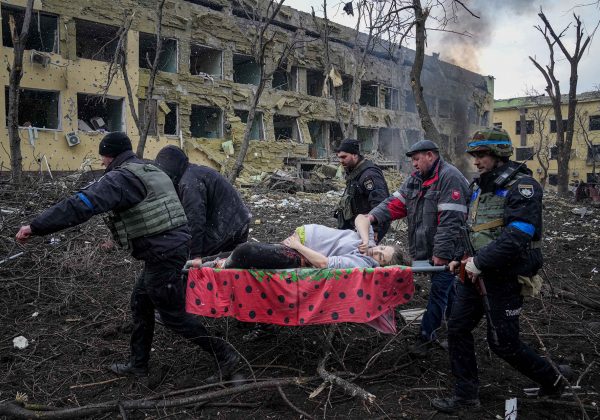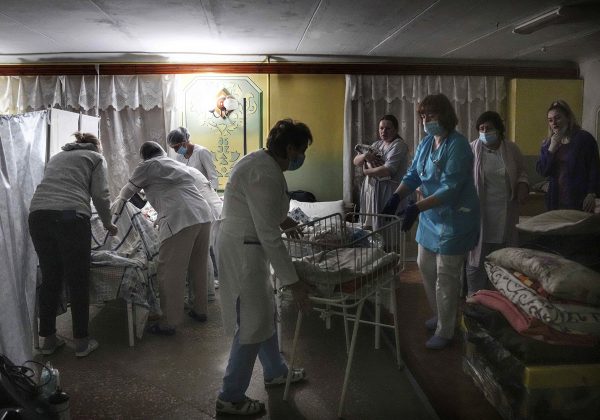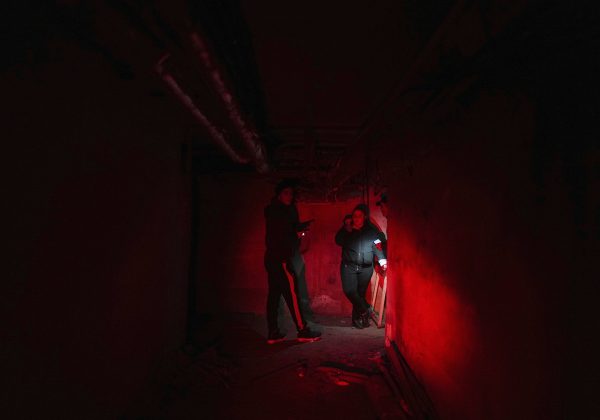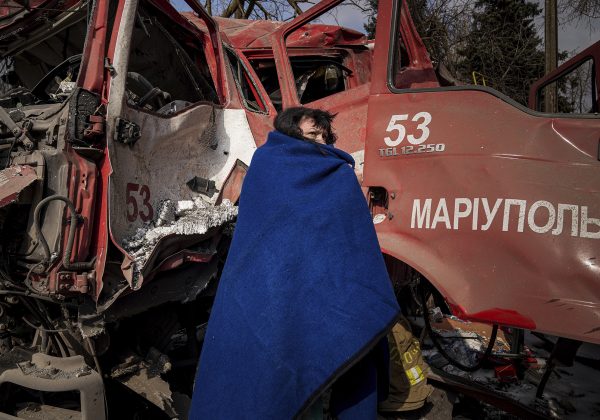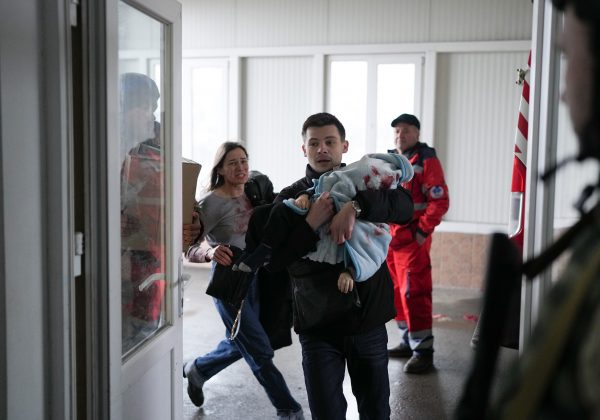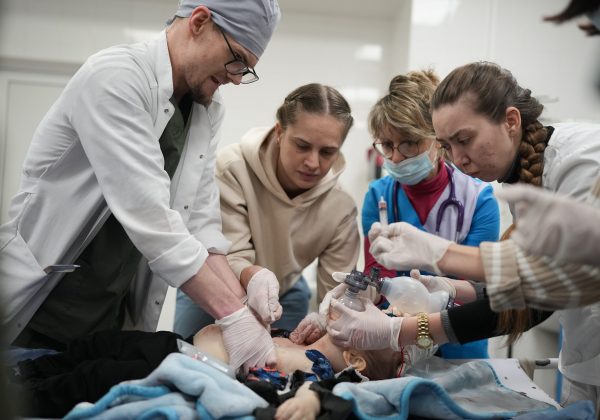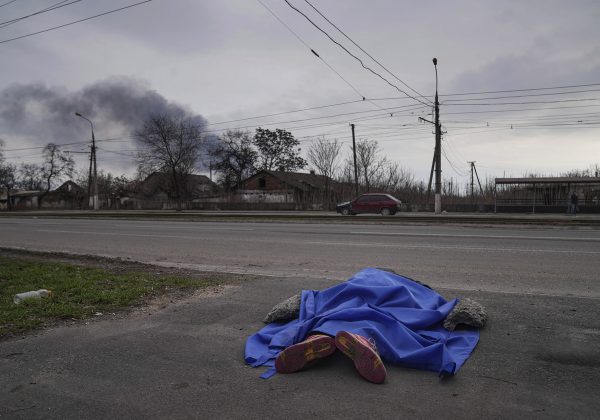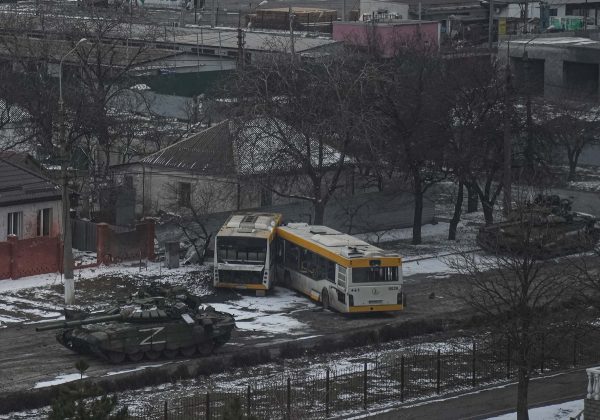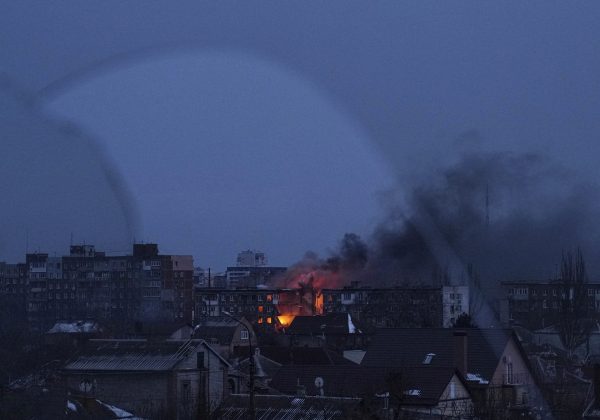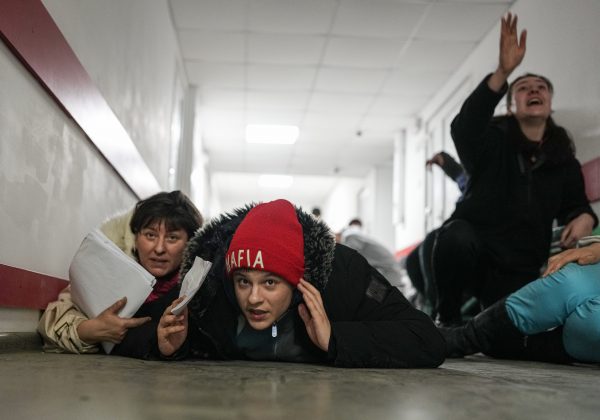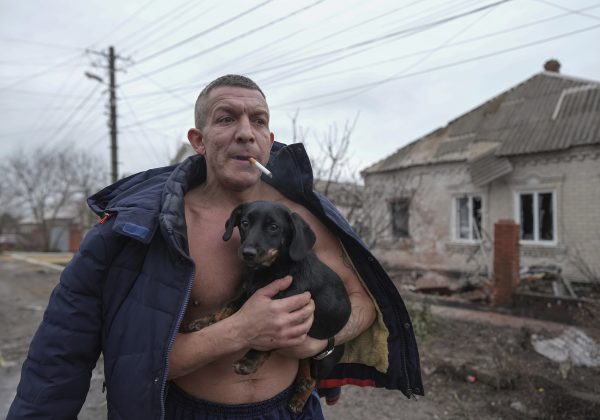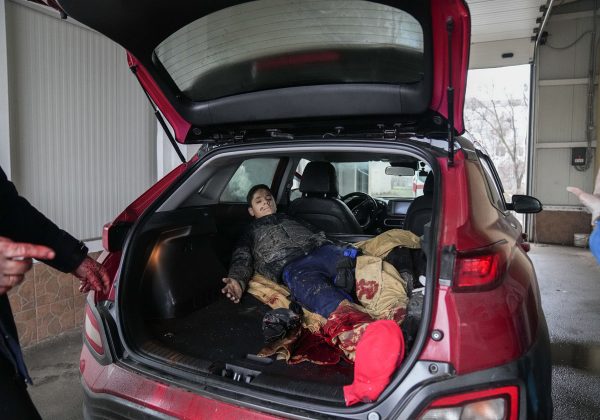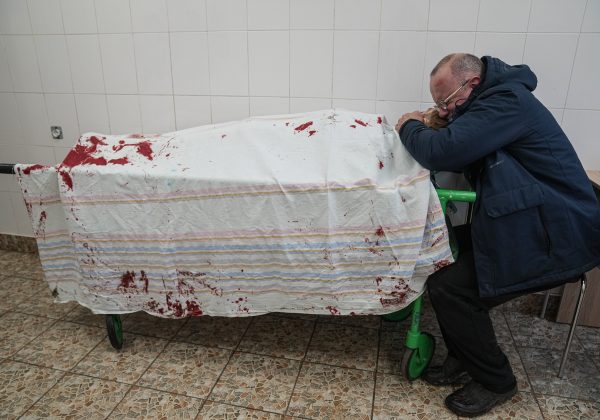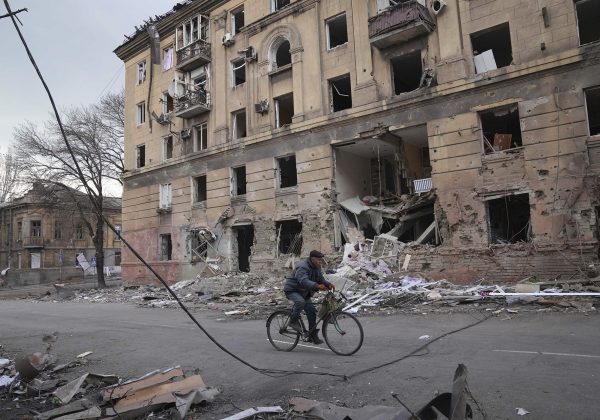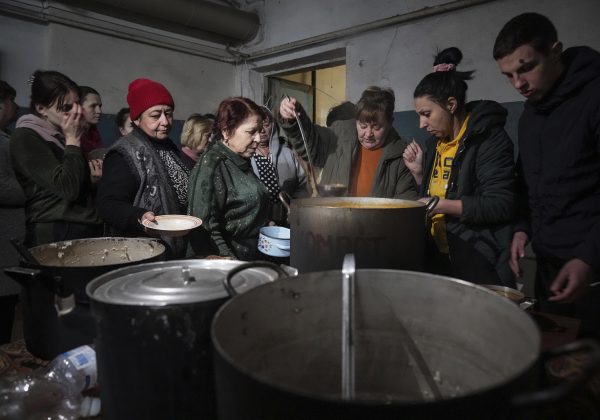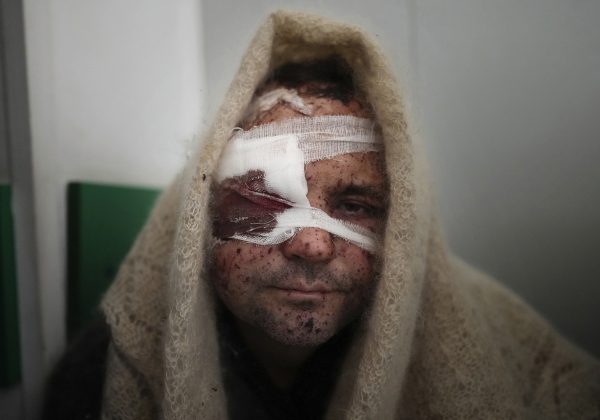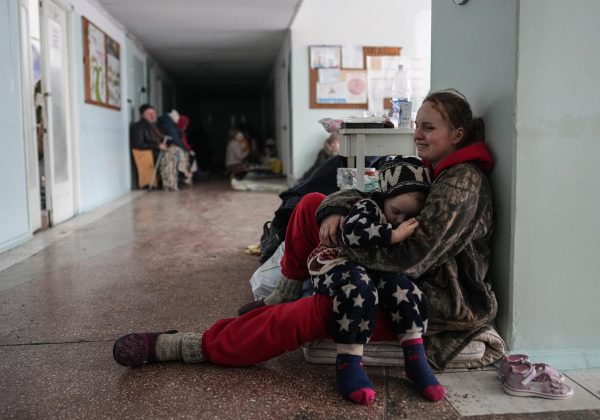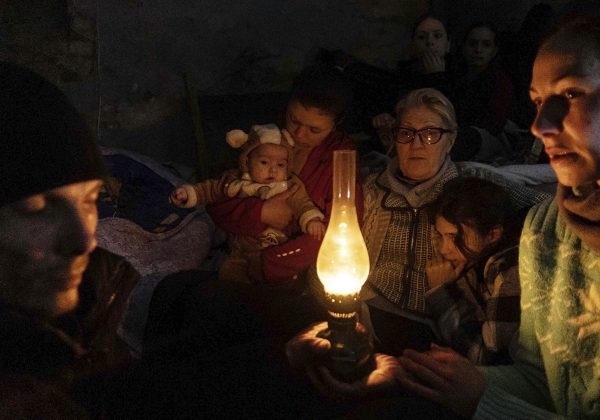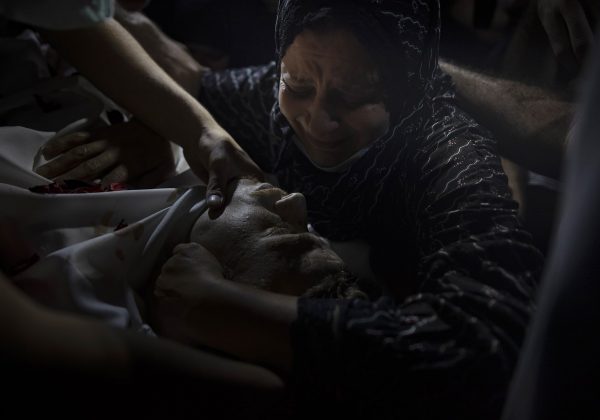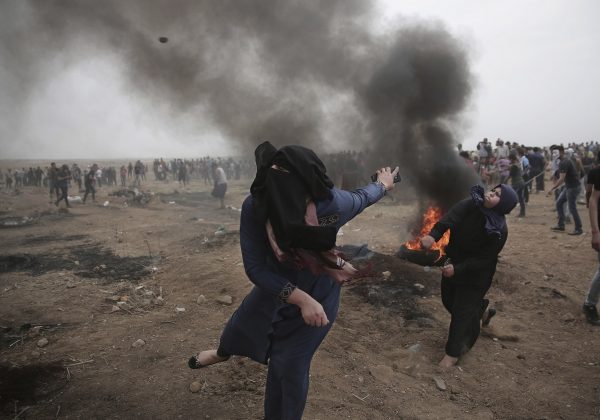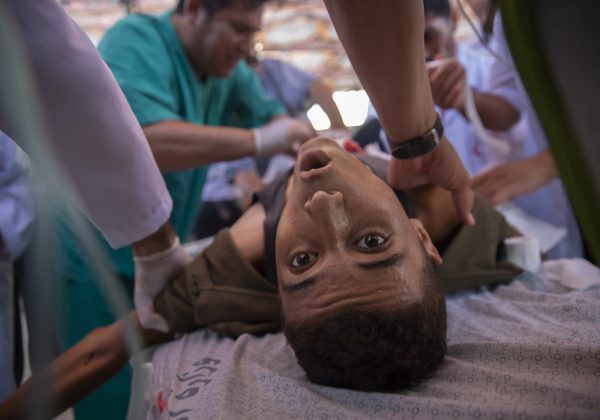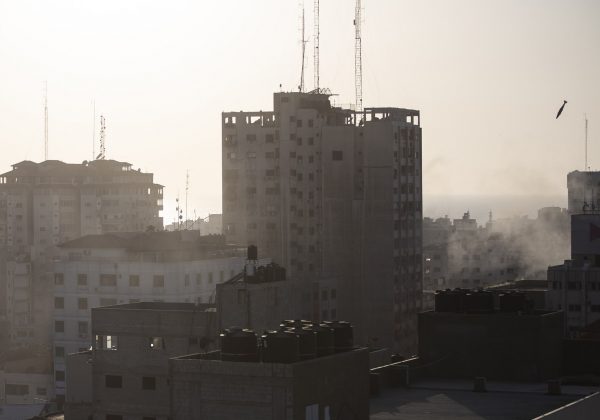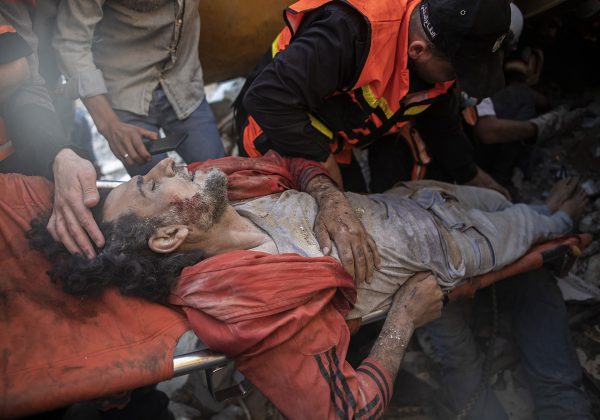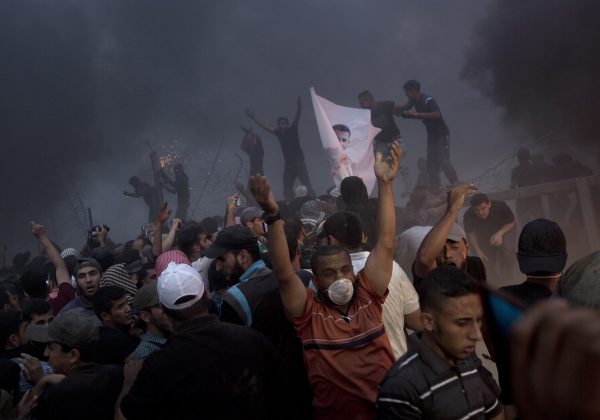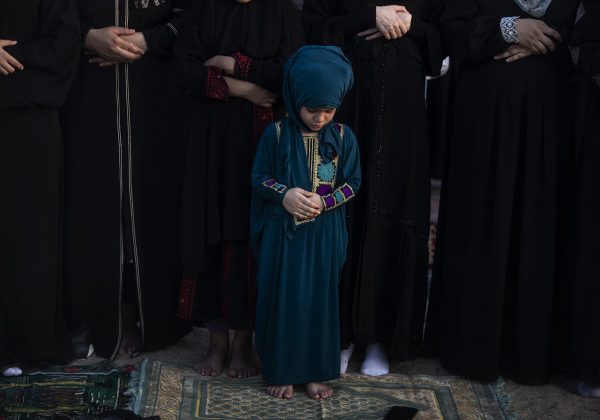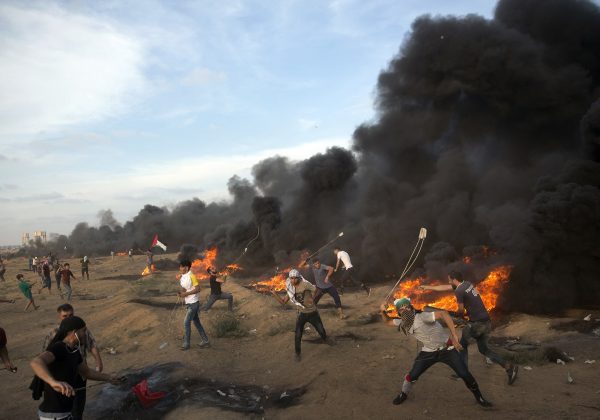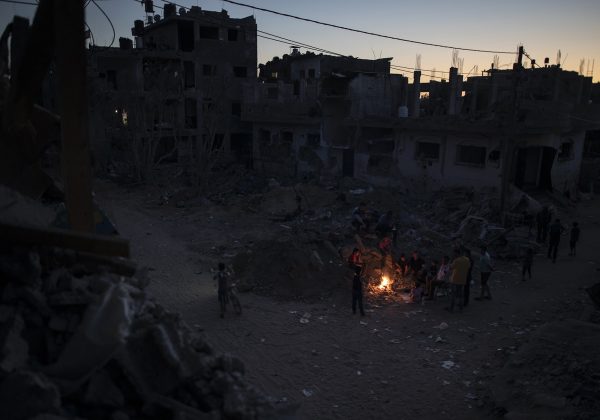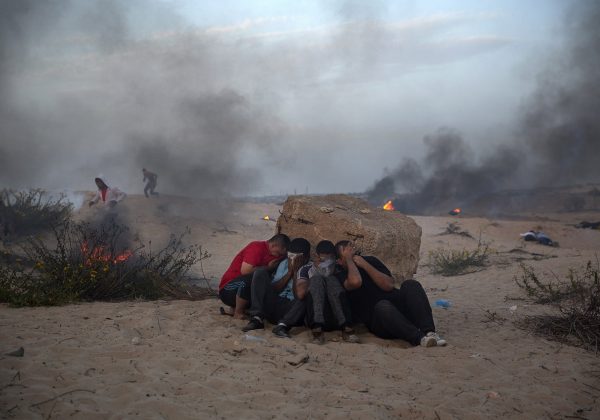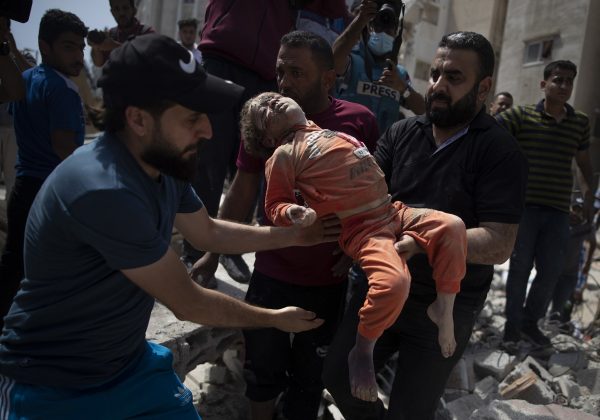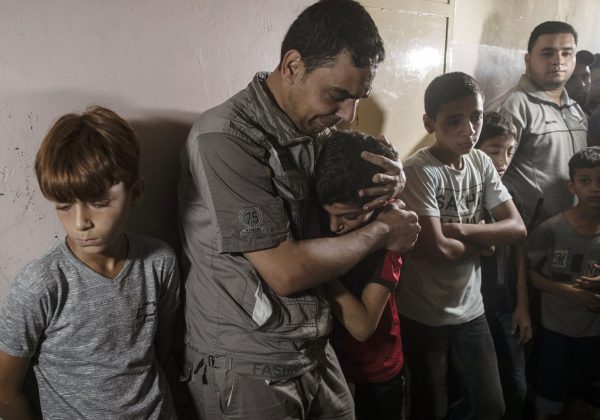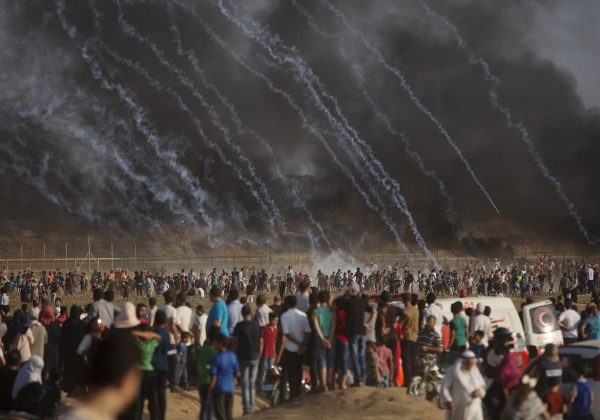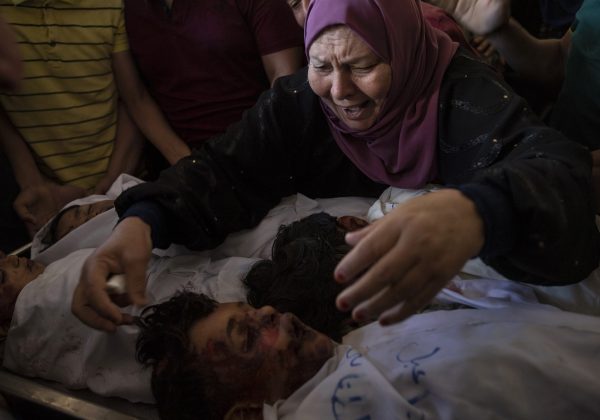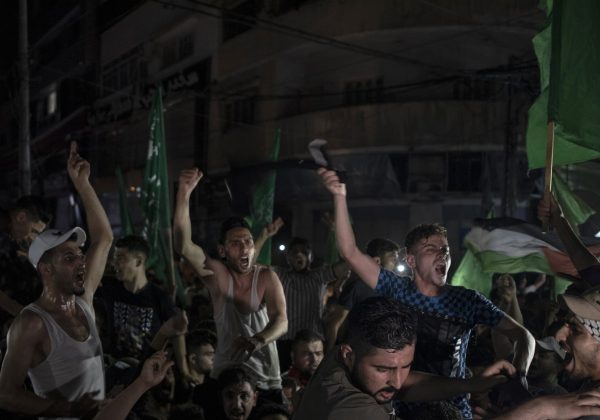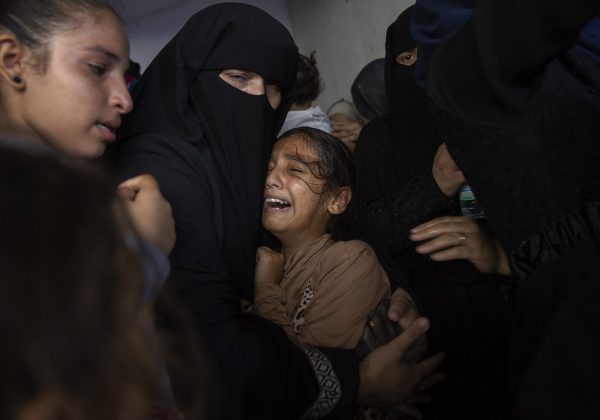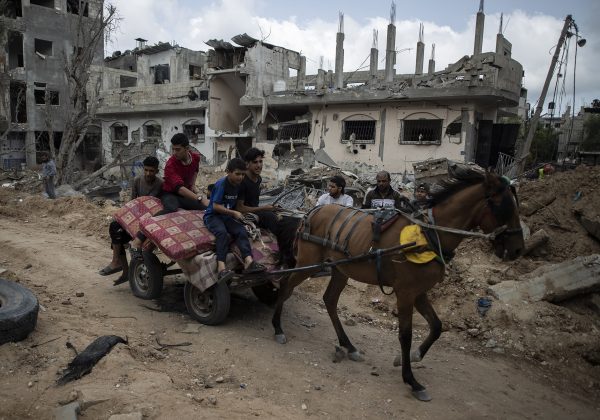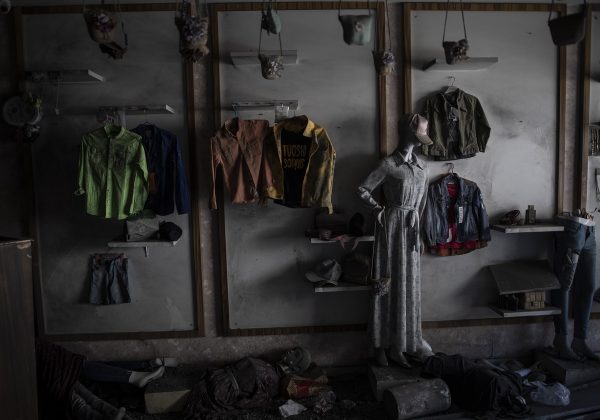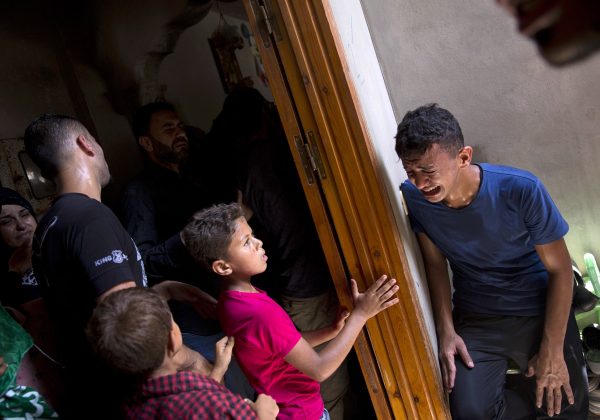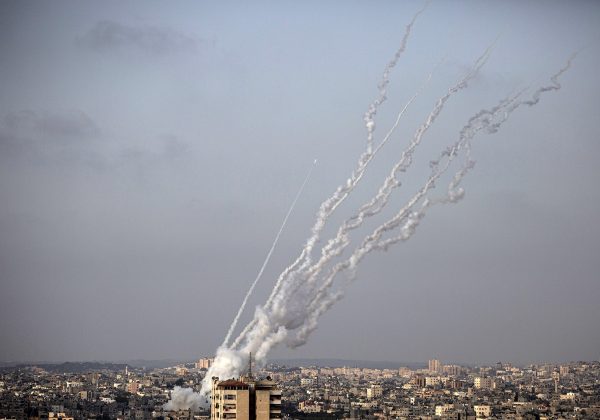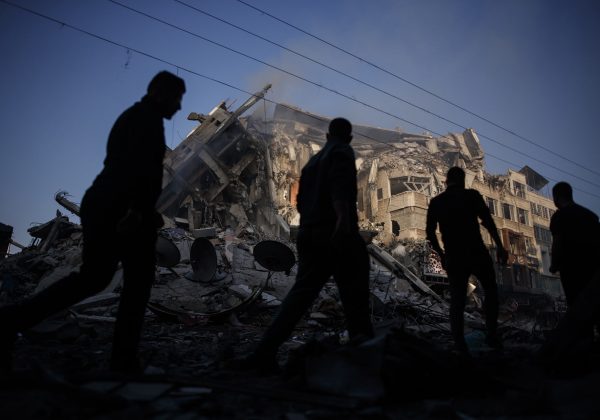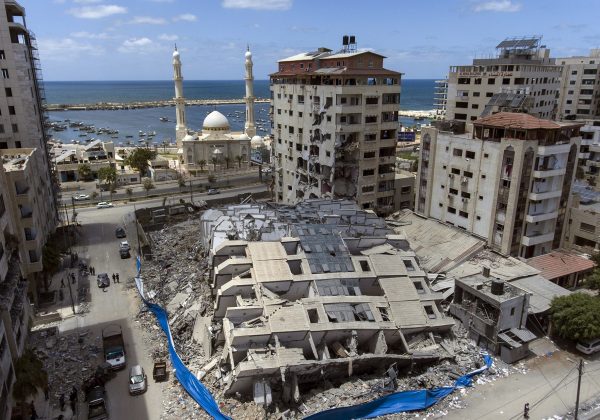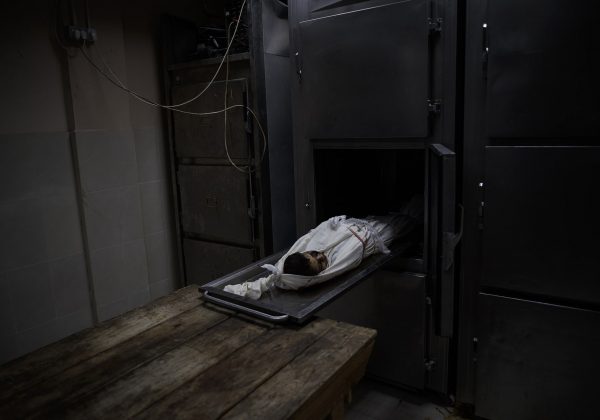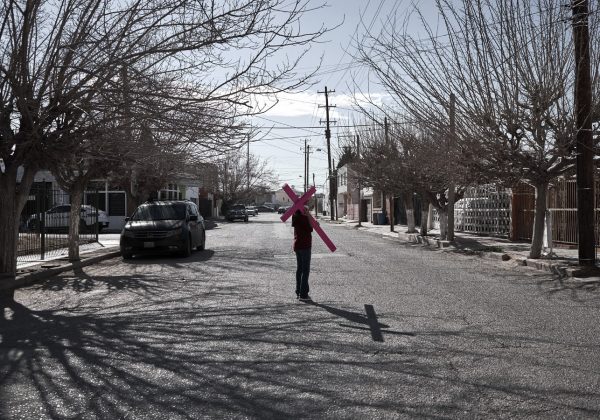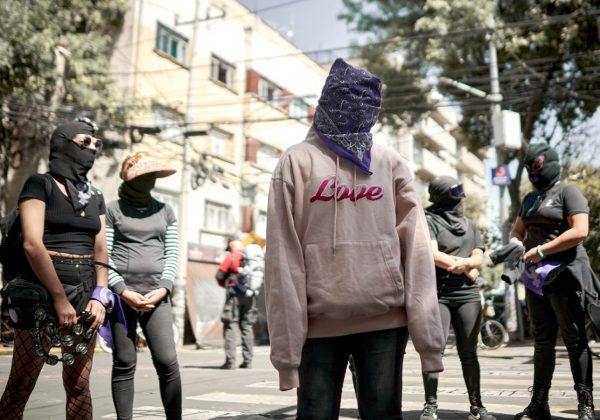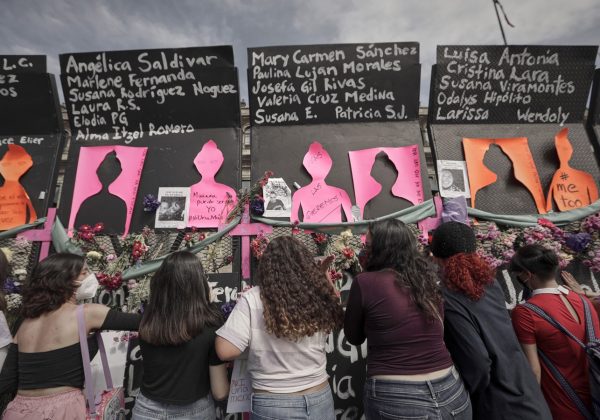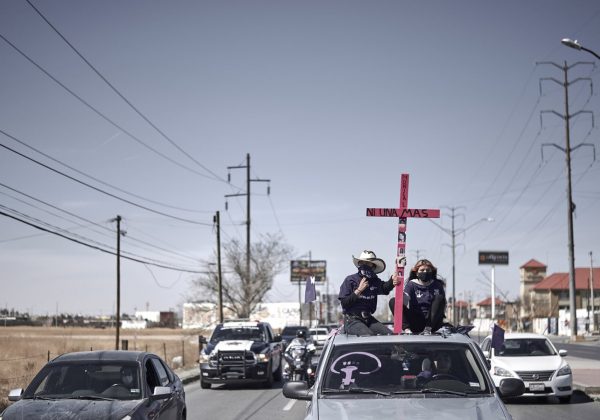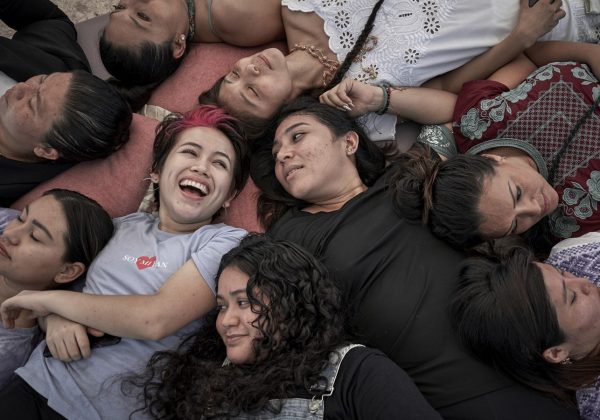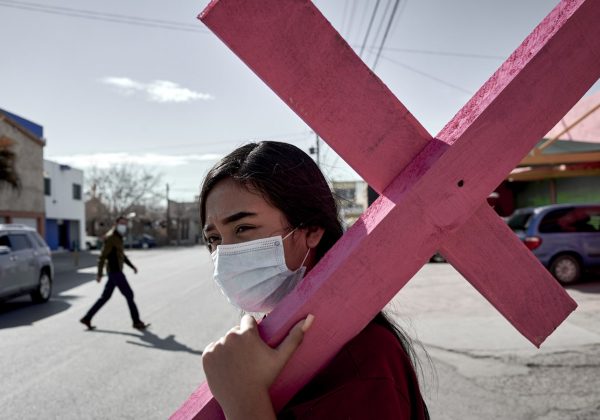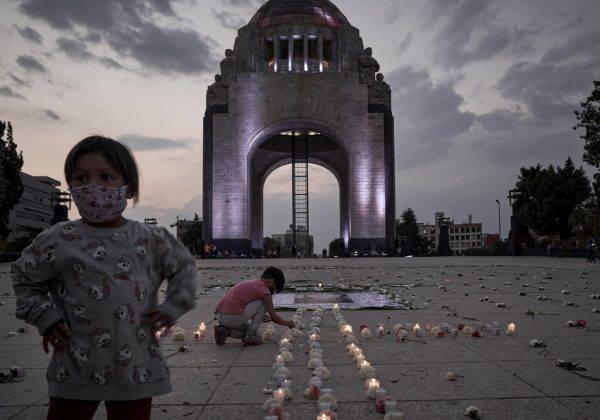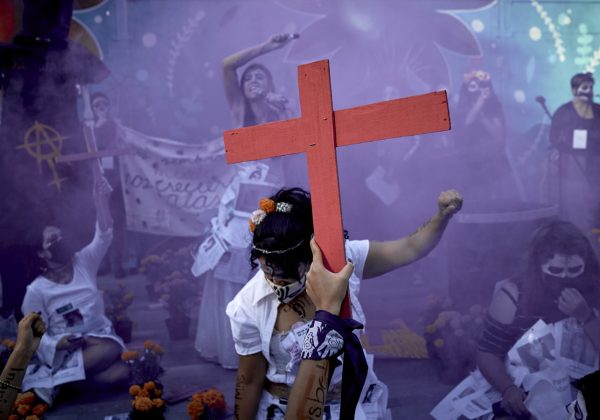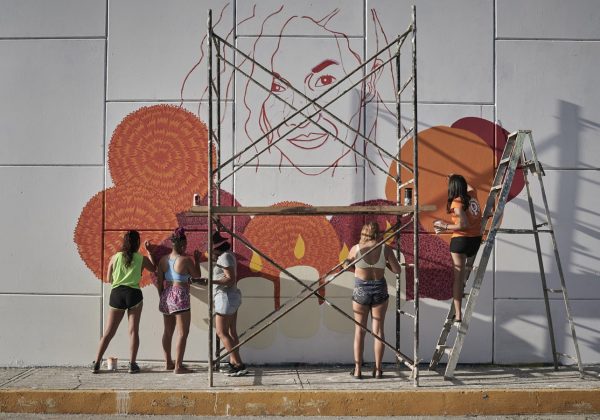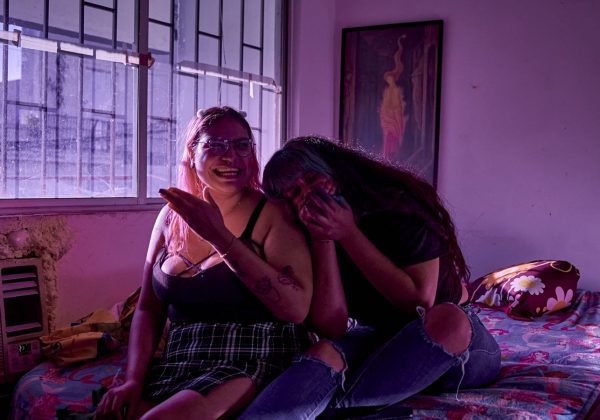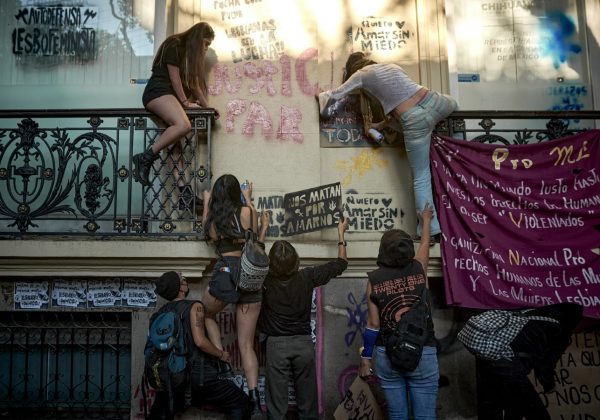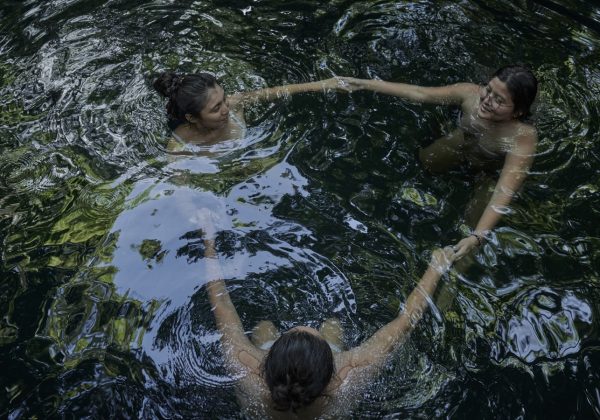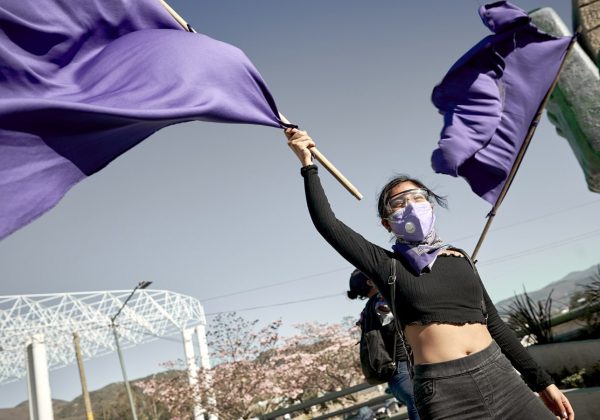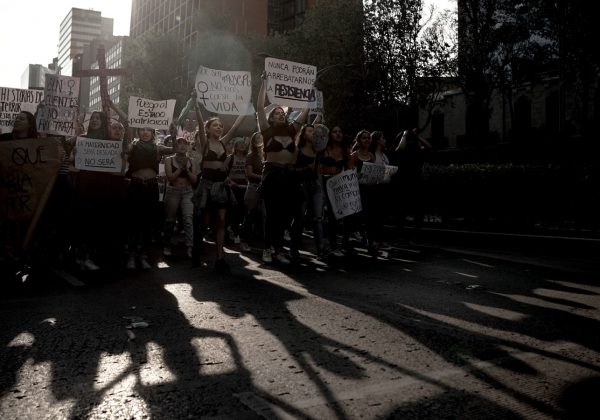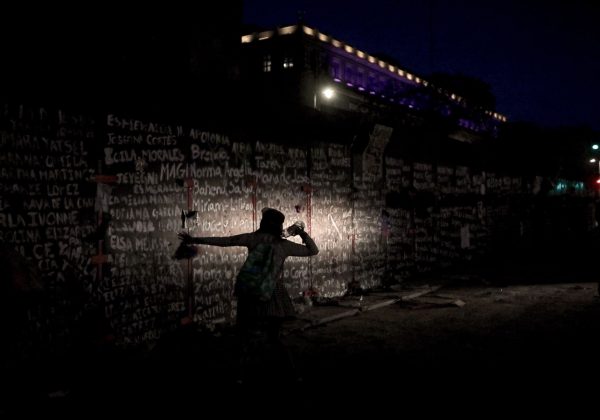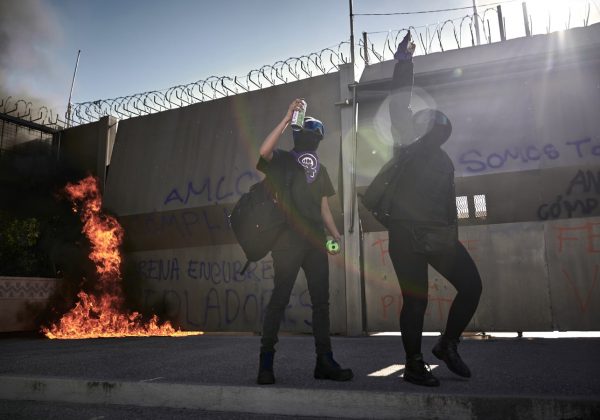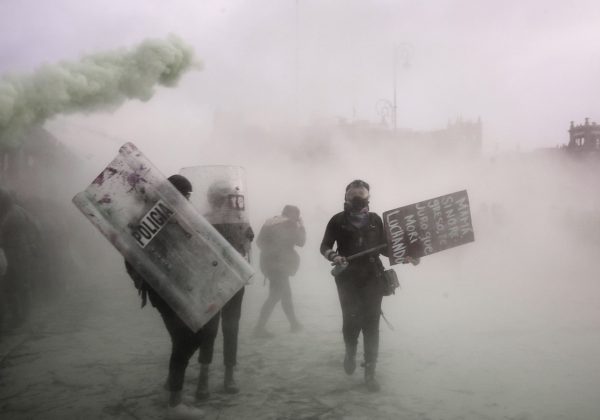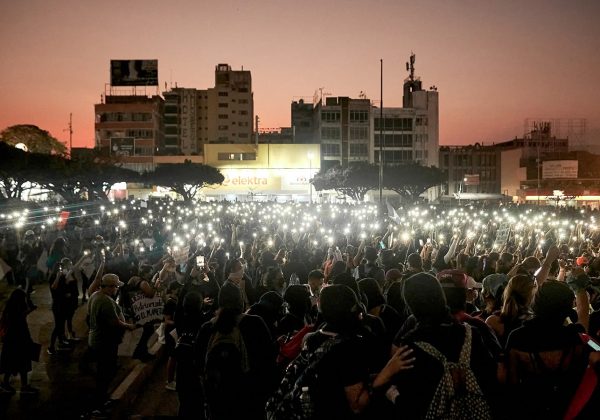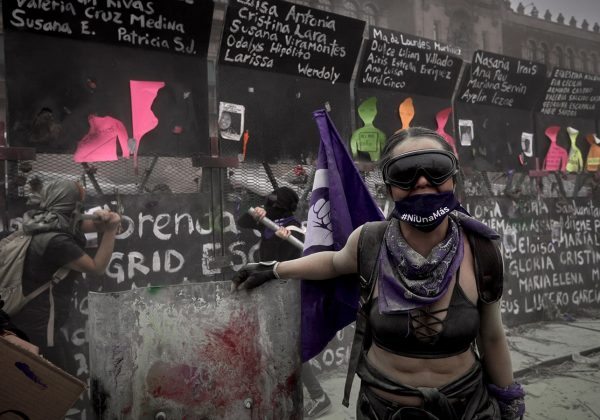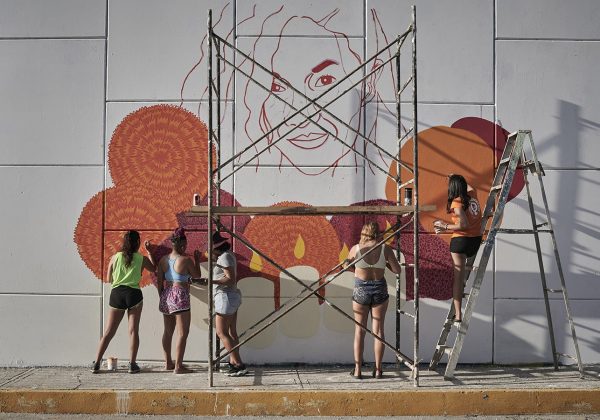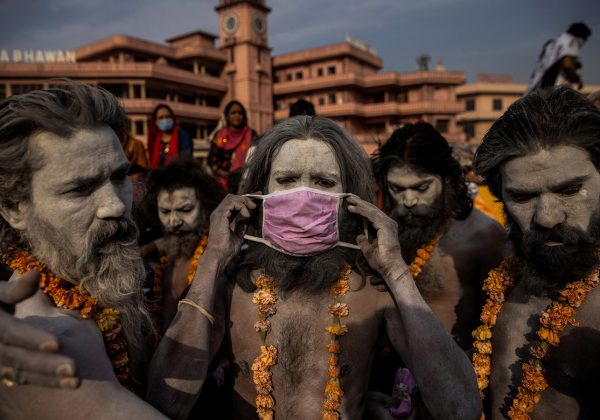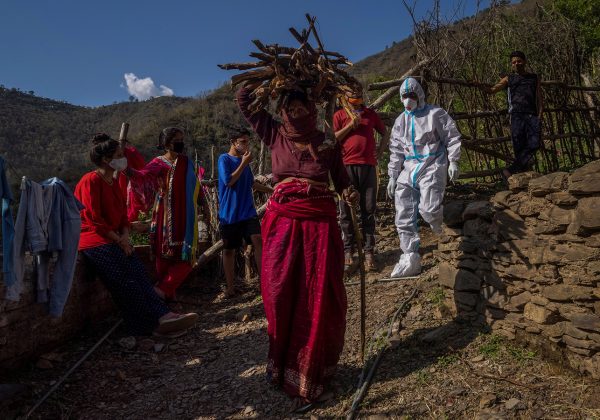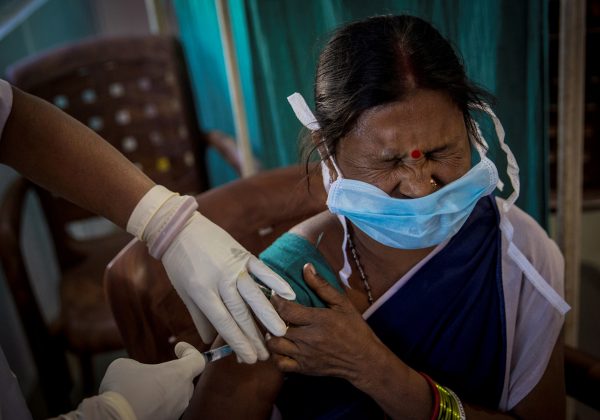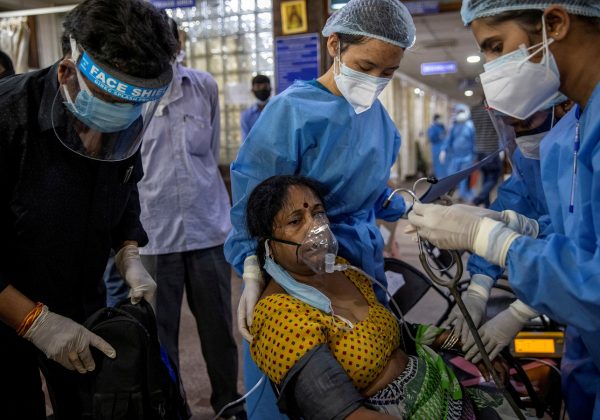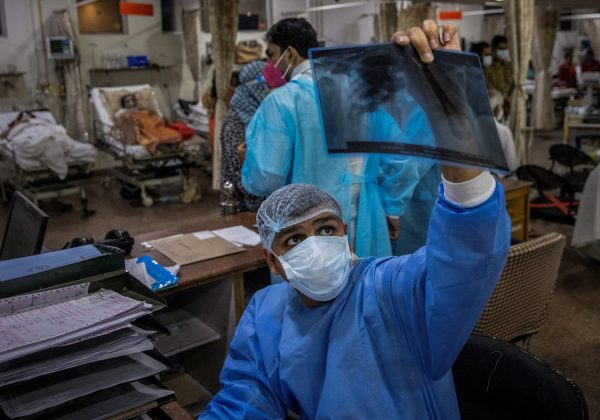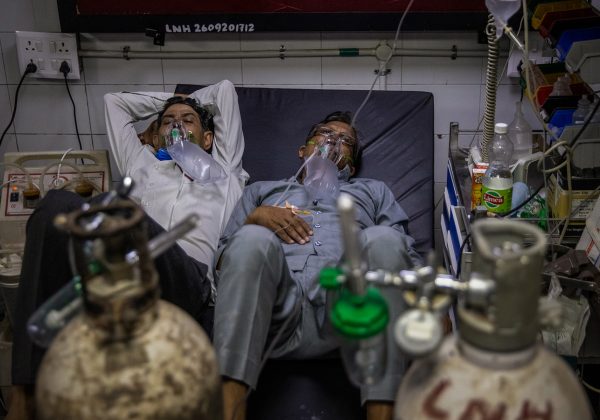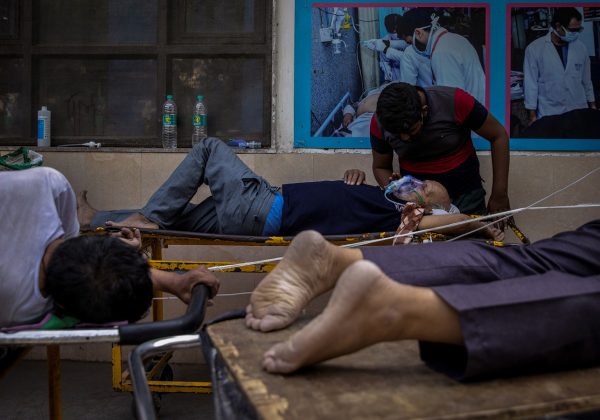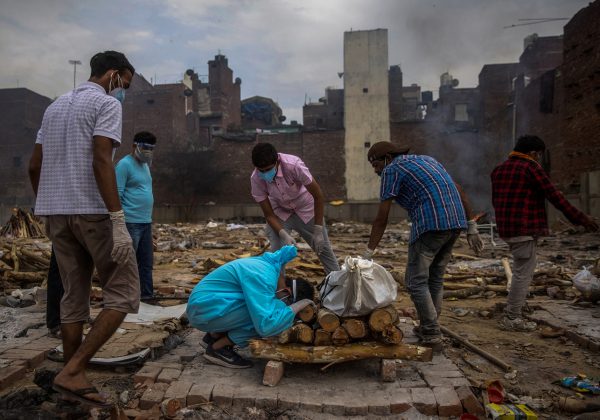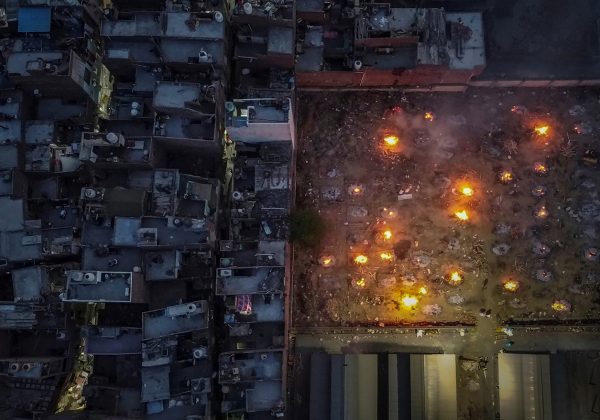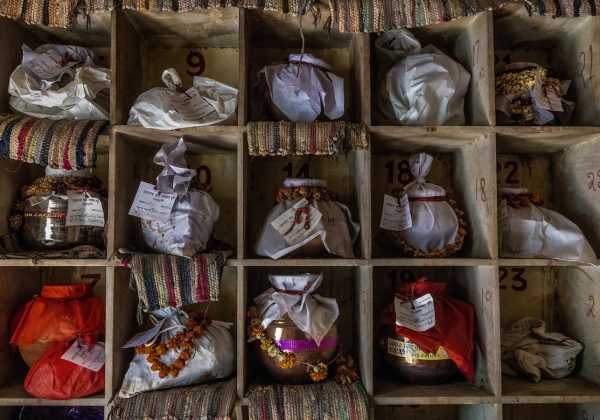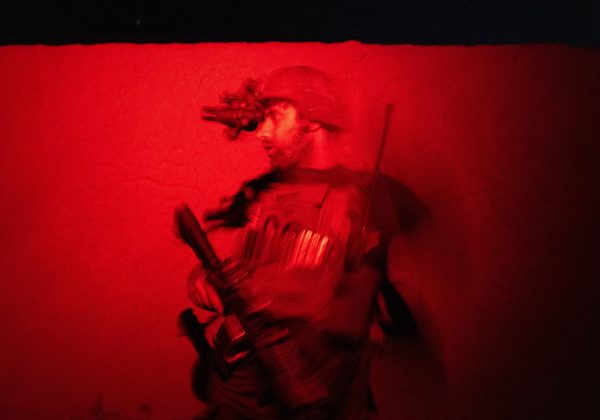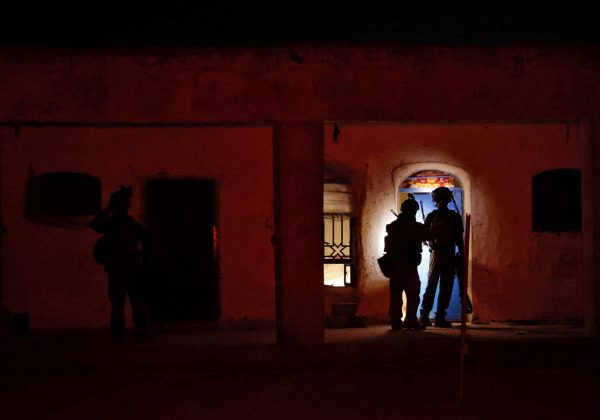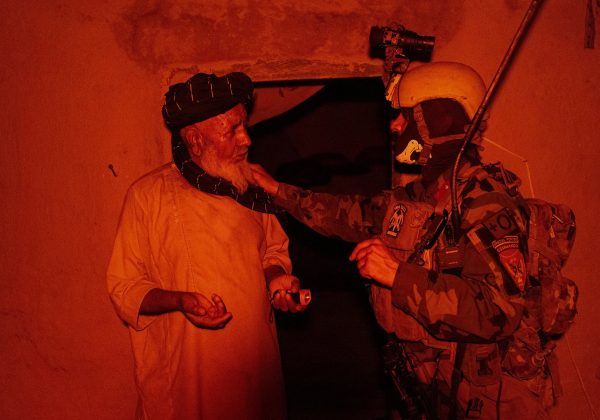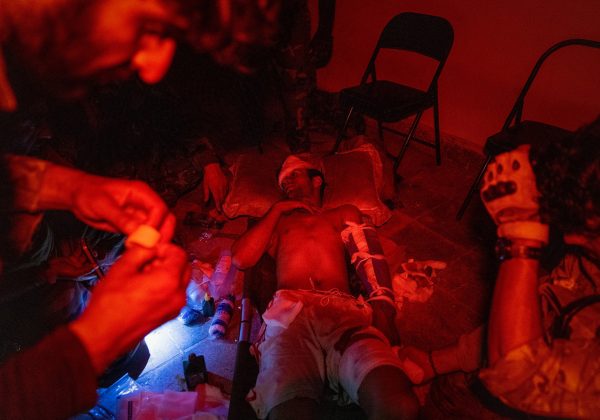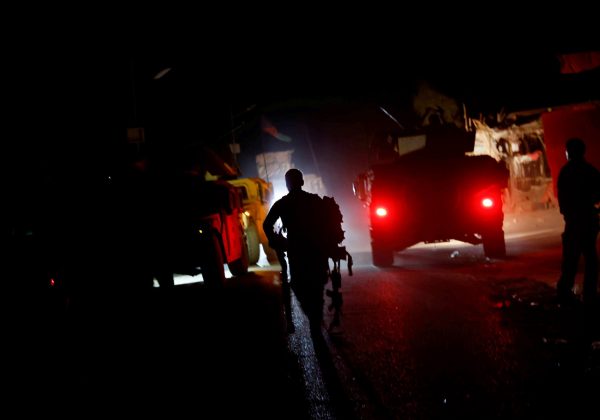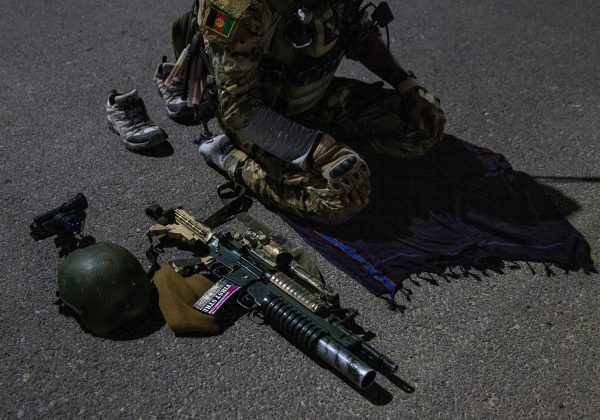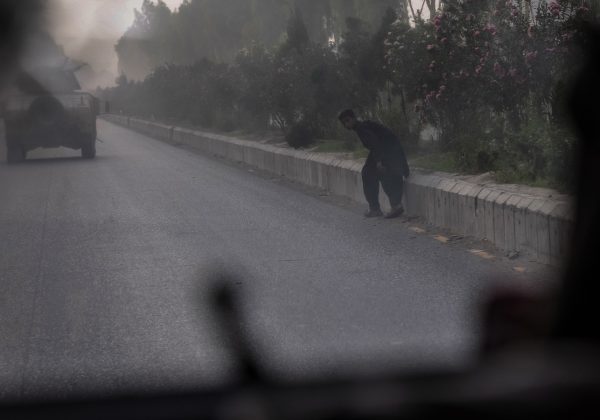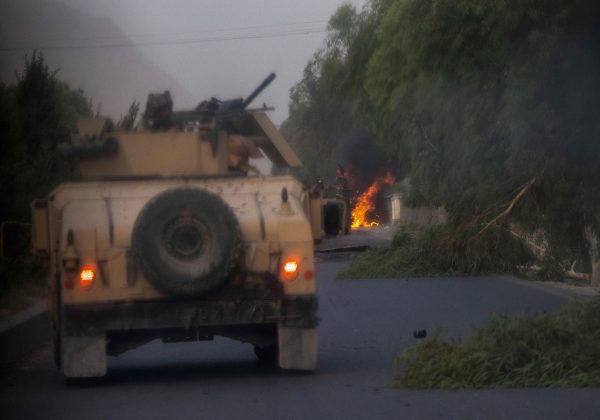Winner #YBIPA 2022
Evgeniy Maloletka
Evgeniy Maloletka is a Ukrainian freelance photojournalist based in Kiev, Ukraine, originally from the city of Berdyansk, the Zaporizhya region in the eastern Ukraine. Before trying his hand at other things, he discovered photojournalism. Maloletka started his career in 2009 as a staff photographer for local news agencies UNIAN and PHL. He spent a month working on a photo project called House of Hope about a child cancer centre in the capital Kiev. The photographs were auctioned off at a charity event, helping to raise $5,000 sick children whose families could not afford afford treatment. Maloletka was deeply involved in the coverage of the Ukrainian revolution since the beginning before moving to cover the conflicts in Crimea and eastern Ukraine for various international media. Beyond that, Maloletka is also working on his personal projects: the Hutsul project about the ethnic Hutsul community in western Ukraine, their traditions and daily life, and Donbass about the ongoing conflict in eastern Ukraine, which brought grief to the families of killed civilians and soldiers, destroyed the economy and wreaked havoc in the entire country. Maloletka graduated from the Kiev Polytechnic Institute in 2010 with a degree in electronics. In 2015, he was selected to participate in the Eddie Adams Workshop in New York. His work was published in numerous prominent media: TIME, The New York Times, The Washington Post, Der Spiegel, Newsweek, The Independent, El Pais, The Guardian, The Telegraph and others. He spent most of his time in eastern Ukraine working on assignment for The Associated Press, also contributing video content. My footage was widely aired on the BBC, Euronews, NBC and other international TV stations.
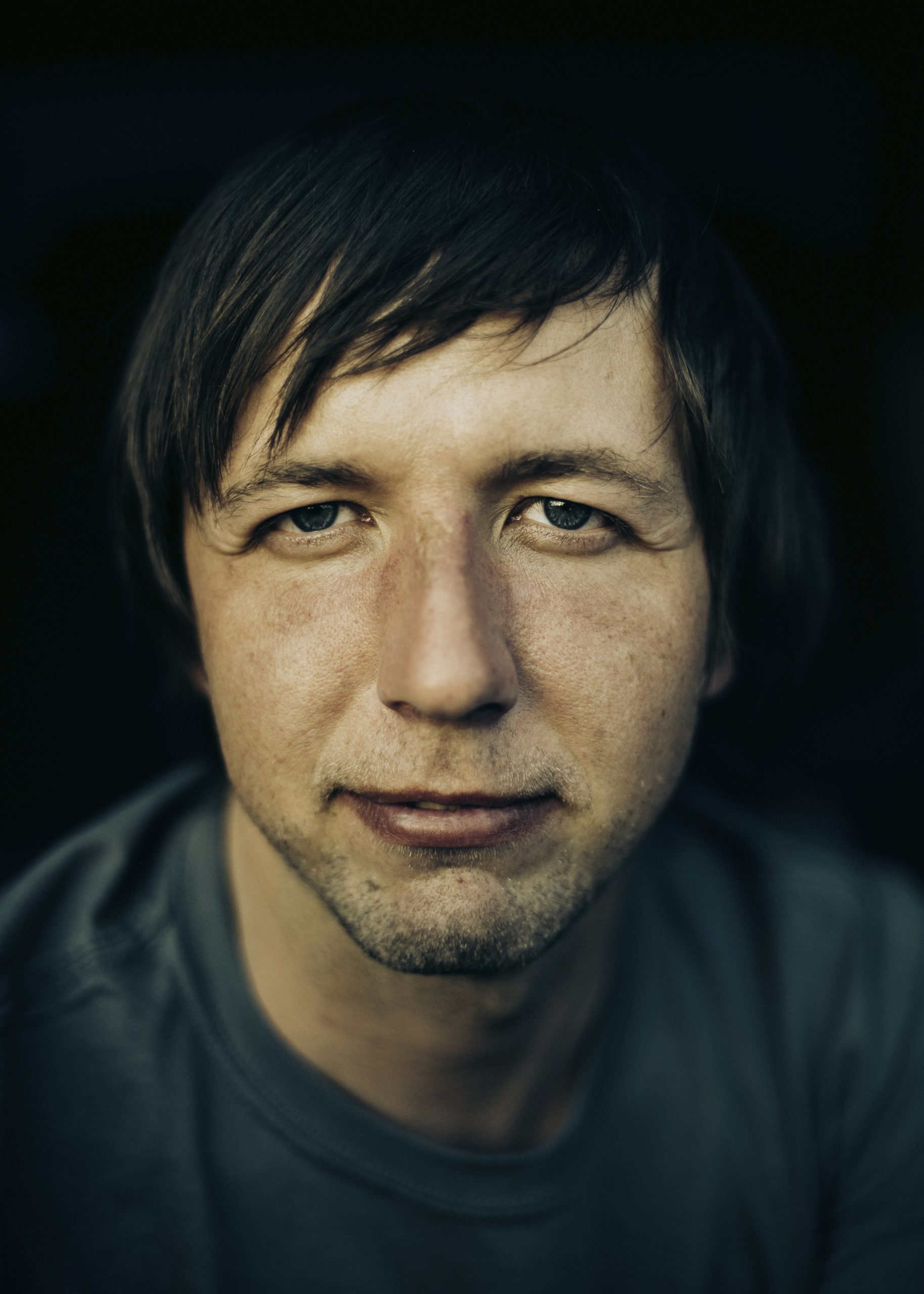
“War in Mariupol”
This series chronicles the devastation on the city of Mariupol, Ukraine, that has taken place since Russia invaded Ukraine in late February of 2022. Civilians who have managed to flee Mariupol in recent days, have described the increasingly desperate situation inside the besieged city, including accounts of bodies buried in shallow graves, looting by Chechen fighters, and starving residents being killed when they venture out of shelters to find water. In the beginning of April, the UK Ministry of Defense warned that the humanitarian crisis was deepening, as fierce fighting continued for control of the city and Russian forces blocked aid.
Runner up 2022
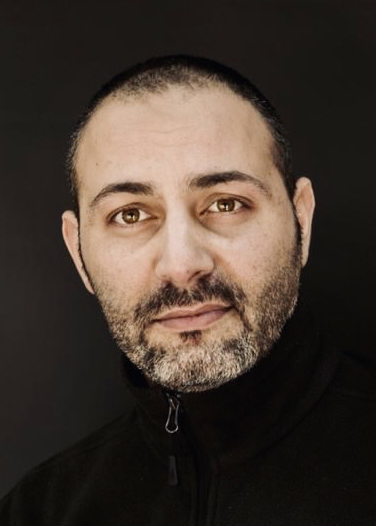
Khalil Hamra
Khalil Hamra is a staff photographer for Associated Press based in the Gaza Strip. Hamra was part of a team of photographers which won the Pulitzer Prize for breaking news photography in 2013 for coverage of the war in Syria. Since joining the AP in 2002, Hamra has covered the Israeli-Palestinian conflict in Gaza, the Egyptian revolution, the Syrian war, the annual Muslim pilgrimage to Mecca in Saudi Arabia and other stories in the region.
“Gaza’s never-ending war”
This series chronicles the devastation on Gaza during the latest escaltions between Palestine and Israel from 2018 to 2021. The last outbreak of violence in the ongoing Israeli-Palestinian conflict commenced on 10 May 2021, though disturbances took place earlier, and continued until a ceasefire came into effect on 21 May. As a result of the violence, at least 254 Palestinians including 66 children were killed. In Israel 13 people were killed, including one child. The Gaza Ministry of Health reported that more than 1,900 Palestinians were injured, and as of the 12th of May, Israel reported at least 200 injured Israelis. Tensions are often high between Israel and Palestinians living in East Jerusalem, Gaza and the West Bank. Gaza is ruled by the Palestinian militant group Hamas, which has fought Israel many times. Israel and Egypt tightly control Gaza’s borders to stop weapons from getting to Hamas. Palestinians in Gaza and the West Bank say they are suffering because of Israeli actions and restrictions. Israel says it is only acting to protect itself from Palestinian violence. The threatened eviction of some Palestinian families in East Jerusalem has also caused rising anger. There are a number of issues which Israel and the Palestinians cannot agree on. These include: what should happen to Palestinian refugees; whether Jewish settlements in the occupied West Bank should stay or be removed; whether the two sides should share Jerusalem; and –perhaps the most tricky of all– whether a Palestinian state should be created alongside Israel. Peace talks have been taking place on and off for more than 25 years, but so far have not resolved the conflict.
Mahé Elipe
Mahé Elipe is a French photographer based in Mexico City since 2016, part of the Women Photograph collective. Her documentary work focuses on the human condition with a particular interest in the place of women in society. She had the opportunity to complete her training, thanks to the Nikon-Bayeux security in conflict zone Workshop in 2018, as well as the Nikon-NOOR Academy Masterclass in Budapest the same year. She is also one of the winners of Reuters Photojournalists Grants 2019 and has been selected to attend The Eddie Adams Workshop XXXIII in October 2020. Mahé was recently awarded a grant from the German media outlet Deutsche Welle as well as the COVID-19 Emergency fund for journalist from the National Geographic Society. The photographer collaborates with various media such as Le Monde, Libération, Médiapart, Al Jazeera, The Guardian, Washington post and Reuters.

“Nina’s Rebellion”
According to the UN, 11 women are killed every day in Mexico and more than 95% of the cases of violence go unpunished. Fatima, Ingrid, Victoria… The list of victims is long and continues to be reported in the Mexican national press. A crisis of violence against women, which has pushed teenagers and young girls to rebel against a misogynistic and murderous system. Although the COVID-19 pandemic interrupted street protests for a few months in 2020, it did not stop them completely, and in the past year and so far in 2021 and 2022, acts of rage, actions in memory of victims of femicide and claims against sexual violence in all its forms have taken place in Mexico City, Edomex, Chihuahua, Chiapas, Guerrero, Puebla, and Quintana Roo, to name a few entities. Thus, we have seen how girls take their mothers to the demonstrations while more and more teenagers and young girls join the “Bloque Negro” (radical feminist activists 100% female) to express their anger and demand justice. Many girls, young girls and young women have taken to the streets all over the country. Thousands of young girls who, from a very young age, learn about macho violence and hear phrases like this one, pronounced during a demonstration in the state of Mexico on 8 March 2020: “To be a woman in Mexico is to understand that you can be used and thrown away like garbage”. This photographic series has as protagonists these girls and teenagers, a new generation that undertakes a real struggle for life with the hope that their words will be heard.
Honorable Mention
Danish Siddiqui
Danish Siddiqui, born on May 19, 1983, was an Indian national and Pulitzer Prize winning photojournalist. Danish was the Chief Photographer for Reuters, based in India. He graduated with a degree in economics from Jamia Millia Islamia, where he would later purse post-graduation studies in Mass Communication. Before Reuters, Siddiqui worked as a correspondent for the Hindustan Times and TV Today Network. He received the 2018 Pulitzer Prize for Feature Photography, as part of a team of photographers, for documenting the Rohingya refugee crisis. In 2021, Danish was killed while covering a clash between Afghan security forces and Taliban forces in Spin Boldak, near the Pakistan border. Siddiqui is survived by his two children and wife, Rike Harrant, a German national.

“Final Reportage”
These two sets of images chronicle the last 2 reportages covered by the Indian photographer Danish Siddiqui. Danish Siddiqui was killed on 16 July 2021, while covering a clash between Afghan security forces and Taliban forces in Spin Boldak. The first set of images is of COVID, INDIA’S SECOND WAVE: In the spring of 2021, India experienced a second surge of coronavirus infections leaving hospitals overwhelmed, oxygen supplies critically low and crematoriums operating at their full capacity. At the end of 2021, India reported about 480,000 deaths from coronavirus infections, but the latest studies now, say that India’s death toll may have been six to seven times greater than officially recorded. A dramatic toll for a pandemic that still does not seem to have ended. The second set of images is labelled LAST STAND AGAINST TALIBAN: This series of images chronicles Afghan Special Forces as they clash with the Taliban, weeks ahead of the collapse of the Afghan military in Kandahar province. The series ends with one of the last photographs photojournalist Danish Siddiqui ever captured before being killed on assignment. On 15 August 2021the Taliban entered Kabul, facing little resistance, and almost 20 years after being ousted by a US-led military coalition, regained control of the capital. To date, Afghanistan remains one of the poorest countries in the world. The photojournalist who captured these images was killed on 16 July 2021 while covering a clash between Afghan security forces and Taliban forces in Spin Boldak, near the Pakistan border.




